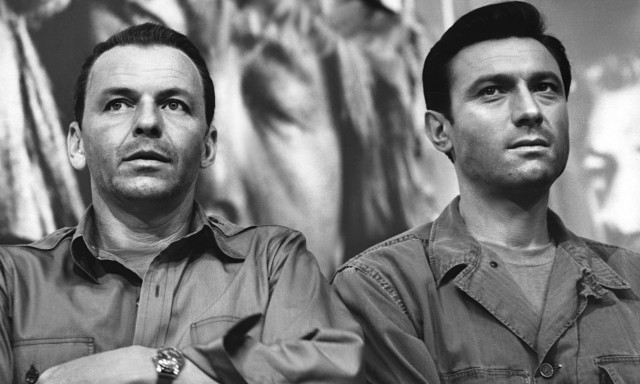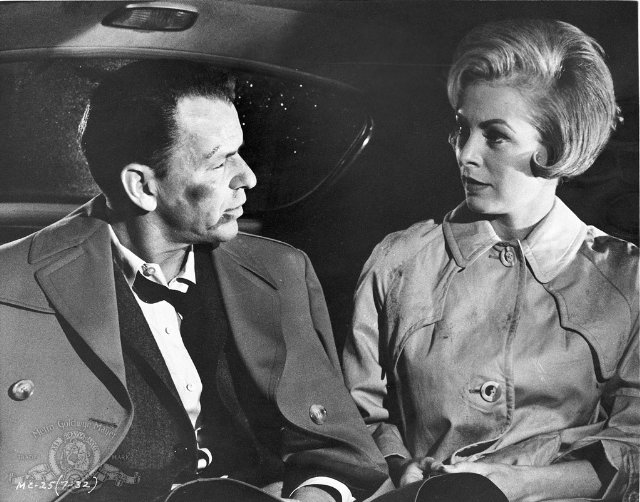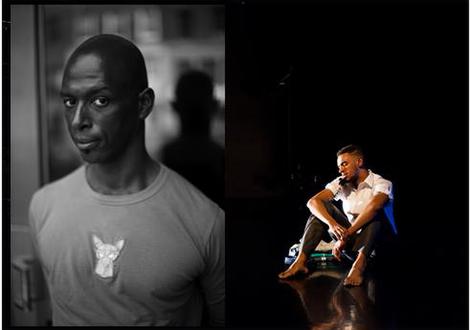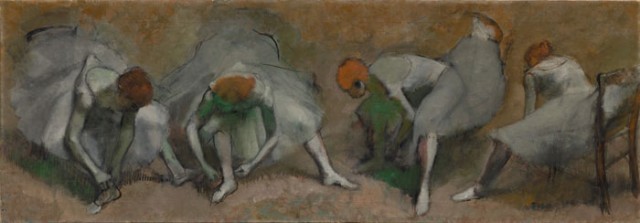
Edgar Degas, “Frieze of Dancers,” oil on canvas, ca. 1895, (the Cleveland Museum of Art, gift of the Hanna Fund)
Museum of Modern Art
Floor 6, Special Exhibitions Gallery North
11 West 53rd St. between Fifth & Sixth Aves.
Daily through Sunday, July 24, $25
212-708-9400
www.moma.org
The splendidly curated MoMA exhibit “Edgar Degas: A Strange New Beauty” reveals the French artist’s dazzling, experimental work with monotypes, manipulating their tools and processes as if he were using a predigital, hands-on version of Photoshop. Born in Paris in 1834, Hilaire-Germain-Edgar Degas discovered the monotype technique in the mid-1870s, allowing him to expand his creativity and do things that no one else had done before. He “is no longer a friend, a man, an artist! He’s a zinc or copper plate blackened with printer’s ink, and plate and man are flattened together by his printing press whose mechanism has swallowed him completely!” etcher Marcellin Desboutin wrote in an 1876 letter, recounted in curator Jodi Hauptman’s introduction in the exhibition catalog. “The man’s crazes are out of this world. He now is in the metallurgic phase of reproducing his drawings with a roller and is running all over Paris, in the heat wave — trying to find the legion of specialists who will realize his obsession. He is a real poem! He talks only of metallurgists, lead casters, lithographers, planishers!” Degas indeed got his hands dirty, smudging ink, scratching plates, and painting over prints in a whirlwind of artistic fervor. Degas covered many of the same topics he had in his oil paintings and drawings, but employing etching, drypoint, and aquatint gave him a virtual freedom that he took full advantage of. In “Actresses in Their Dressing Rooms,” state 1 of 5 is gray and shady, the characters and interior harder to define than in the fifth state. One of two printings of “An Admirer in the Corridor” is like a ghostly version of the other. The monotype-on-paper “Ironing Women” is cleverly paired with the larger oil on canvas “A Woman Ironing,” capturing Degas’s differing takes on a domestic scene. But it’s not only the multiples that highlight Degas’s process. More abstract works such as “The River” and “Factory Smoke” are filled with a lovely mystery. Other subjects that Degas investigates include women in baths and brothels, putting on stockings, and reclining in bed.
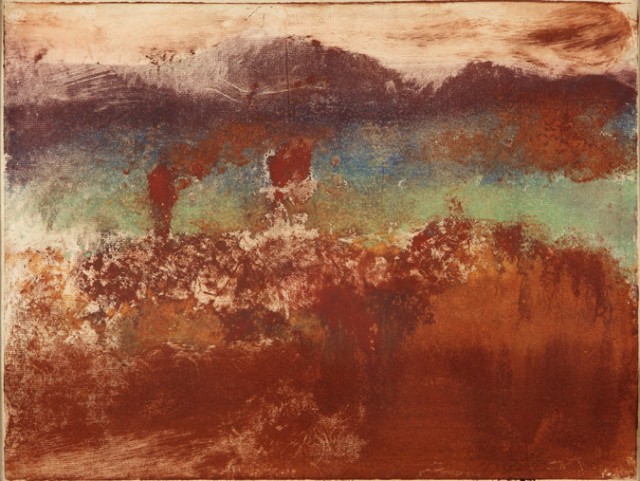
Edgar Degas, “Autumn Landscape,” monotype oil on paper, 1890 (private collection)
Perhaps the biggest surprise is the series of landscapes from the 1890s, stunning monotypes of roads, mountains, and the moonrise that range from figurative to abstract. Of course, it is Degas’s love of performance, particularly of singers and dancers, that stands out. The same trio of dancers is the focus of “Ballet Scene” and “Three Ballet Dancers,” but in the latter Degas has drawn in pastel over the monotype, adding sparkling pinks. The black-and-white “Café Singer” is almost like a negative image of the colorful “Singers on the Stage”; in the pair, one can also see Degas’s passion for light as gas lamps became electric bulbs. Be sure to grab one of the available magnifying glasses to marvel in every little detail. Degas’s obsession with multiple images also found its way into his oil paintings and pastels, as seen in “Frieze of Dancers” and two versions of “Dancer Adjusting Her Slipper.” It’s all a tour de force that delights in this lesser-known aspect of Degas’s oeuvre. “He who is such an anarchist! In art, of course, and without knowing it!” Camille Pissarro wrote in an 1891 letter to his son referenced in Richard Kendall’s catalog essay, “An Anarchist in Art: Degas and the Monotype.” Anarchy may never have looked so good. The exhibition, named after a quote about Degas’s work from poet Stéphane Mallarmé, is supplemented with several of Degas’s sketchbooks in addition to etchings by his friend and fellow artist Ludovic Napoléon Lepic; the show continues through July 24, with the participatory program “Endless Repetition” led by Elisabeth Bardt-Pellerin on July 19 and 21 at 11:30.
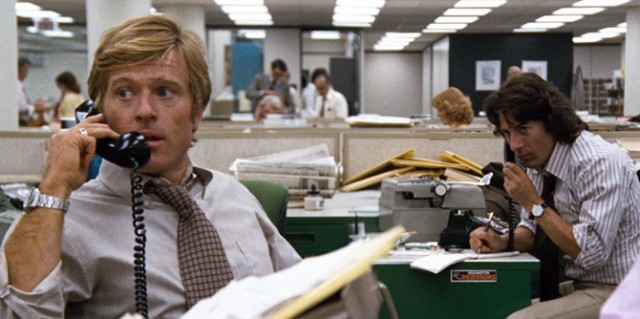
 BAMcinématek follows up the opening film in its “Four More Years: An Election Special” series, John Frankenheimer’s conspiracy noir, The Manchurian Candidate, with a very different kind of political thriller, Alan J. Pakula’s analog conspiracy neo-noir, All the President’s Men. Adapted by William Goldman from the book by Washington Post journalists Bob Woodward and Carl Bernstein, the breathless procedural follows two young reporters who may have stumbled onto a national story with international impact. Woodward (producer Robert Redford) is sent to cover a hearing involving five men who broke into Democratic National Headquarters in the Watergate complex and soon finds himself and fellow reporter Bernstein (Dustin Hoffman) caught in a cover-up that begins with the Committee to Re-elect the President (appropriately known as CREEP) and may lead all the way to the Oval Office. The wily veteran newspapermen at the Post — editors Harry M. Rosenfeld (Jack Warden) and Howard Simons (Martin Balsam) and executive editor Ben Bradlee (Jason Robards) — keep a close watch on the youngsters to make sure they don’t screw things up, admiring their hunger but worrying about their lack of experience. Woodward and Bernstein, whom Bradlee calls “Woodstein,” are polar opposites; Woodward is a handsome, conservative WASP, Bernstein a somewhat funny-looking liberal Jew perpetually smoking cigarettes, even in an elevator. But they make one of the greatest detective teams in the history of cinema, armed with notebooks and typewriters instead of guns, knocking on doors and making phone calls. But Redford and Hoffman — an urban take on Redford and Paul Newman from Butch Cassidy and the Sundance Kid, which was also written by Goldman (Marathon Man, The Princess Bride) — turn doorways and landlines into intense objects of suspense. Redford’s hand and eye movements during several calls from his desk are utterly mesmerizing; don’t miss how he shifts dialing from one hand to the other without missing a beat. (Try it on an old rotary phone; it’s nearly impossible.) As the names keep getting bigger — from Hugh Sloan (Stephen Collins) and Maurice Stans to Charles Colson and John Mitchell (voiced by John Randolph) as the White House is implicated — the film gets better and better, building almost unbearable suspense even though we know what’s going to happen. But All the President’s Men is one of those movies you can’t stop watching, can’t switch away from when you chance upon it on television; every aspect of it is that good.
BAMcinématek follows up the opening film in its “Four More Years: An Election Special” series, John Frankenheimer’s conspiracy noir, The Manchurian Candidate, with a very different kind of political thriller, Alan J. Pakula’s analog conspiracy neo-noir, All the President’s Men. Adapted by William Goldman from the book by Washington Post journalists Bob Woodward and Carl Bernstein, the breathless procedural follows two young reporters who may have stumbled onto a national story with international impact. Woodward (producer Robert Redford) is sent to cover a hearing involving five men who broke into Democratic National Headquarters in the Watergate complex and soon finds himself and fellow reporter Bernstein (Dustin Hoffman) caught in a cover-up that begins with the Committee to Re-elect the President (appropriately known as CREEP) and may lead all the way to the Oval Office. The wily veteran newspapermen at the Post — editors Harry M. Rosenfeld (Jack Warden) and Howard Simons (Martin Balsam) and executive editor Ben Bradlee (Jason Robards) — keep a close watch on the youngsters to make sure they don’t screw things up, admiring their hunger but worrying about their lack of experience. Woodward and Bernstein, whom Bradlee calls “Woodstein,” are polar opposites; Woodward is a handsome, conservative WASP, Bernstein a somewhat funny-looking liberal Jew perpetually smoking cigarettes, even in an elevator. But they make one of the greatest detective teams in the history of cinema, armed with notebooks and typewriters instead of guns, knocking on doors and making phone calls. But Redford and Hoffman — an urban take on Redford and Paul Newman from Butch Cassidy and the Sundance Kid, which was also written by Goldman (Marathon Man, The Princess Bride) — turn doorways and landlines into intense objects of suspense. Redford’s hand and eye movements during several calls from his desk are utterly mesmerizing; don’t miss how he shifts dialing from one hand to the other without missing a beat. (Try it on an old rotary phone; it’s nearly impossible.) As the names keep getting bigger — from Hugh Sloan (Stephen Collins) and Maurice Stans to Charles Colson and John Mitchell (voiced by John Randolph) as the White House is implicated — the film gets better and better, building almost unbearable suspense even though we know what’s going to happen. But All the President’s Men is one of those movies you can’t stop watching, can’t switch away from when you chance upon it on television; every aspect of it is that good.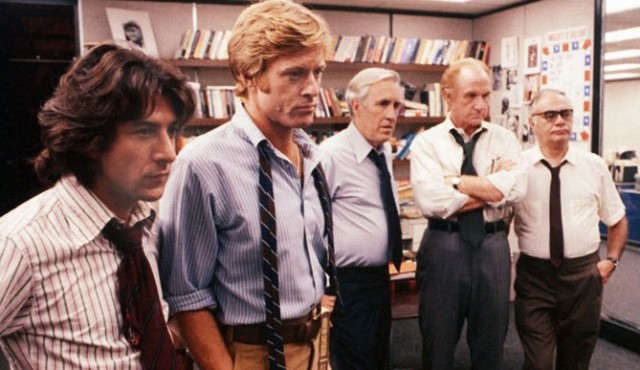
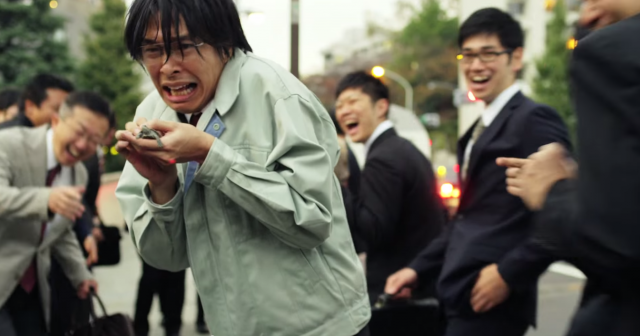
 Unpredictable Japanese writer-director Sion Sono defies expectations once again with Love & Peace, a wacky tokusatsu tale that has been gestating for more than two decades but has finally hit the big screen, with all its crazy madness. One of six films Sono (
Unpredictable Japanese writer-director Sion Sono defies expectations once again with Love & Peace, a wacky tokusatsu tale that has been gestating for more than two decades but has finally hit the big screen, with all its crazy madness. One of six films Sono (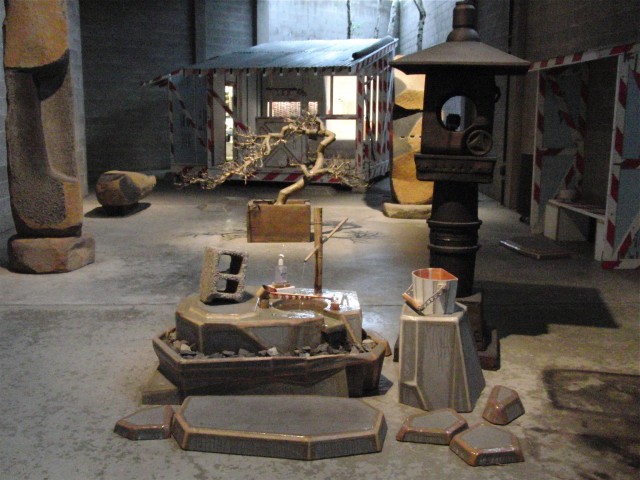
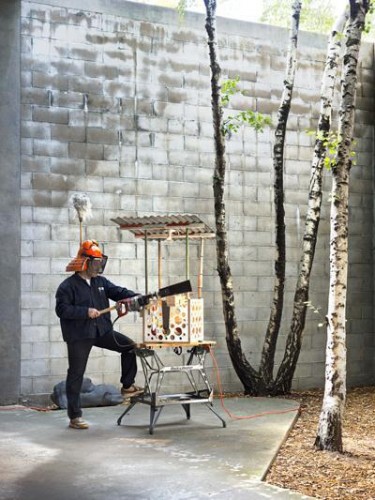
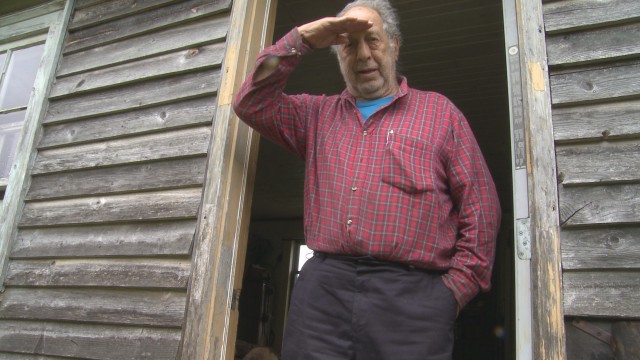
 “I hate these fucking interviews,” innovative, influential, ornery, and iconoclastic photographer and filmmaker Robert Frank says while preparing to be interviewed in 1984; the scene is shown in Laura Israel’s new documentary, Don’t Blink — Robert Frank. “I’d like to walk out of the fucking frame,” he adds, then does just that. But in Don’t Blink, Frank finds himself walking once more into the frame as Israel, his longtime film editor, attempts to get him to open up about his life and career. Born in Zurich in 1924, Frank immigrated to the United States in 1947, became a fashion photographer, and had his artistic breakthrough in 1958 with the publication of the controversial photo book The Americans, which captured people unawares from all over the country, using no captions, just image, to get his point across. (In 2009,
“I hate these fucking interviews,” innovative, influential, ornery, and iconoclastic photographer and filmmaker Robert Frank says while preparing to be interviewed in 1984; the scene is shown in Laura Israel’s new documentary, Don’t Blink — Robert Frank. “I’d like to walk out of the fucking frame,” he adds, then does just that. But in Don’t Blink, Frank finds himself walking once more into the frame as Israel, his longtime film editor, attempts to get him to open up about his life and career. Born in Zurich in 1924, Frank immigrated to the United States in 1947, became a fashion photographer, and had his artistic breakthrough in 1958 with the publication of the controversial photo book The Americans, which captured people unawares from all over the country, using no captions, just image, to get his point across. (In 2009, 
